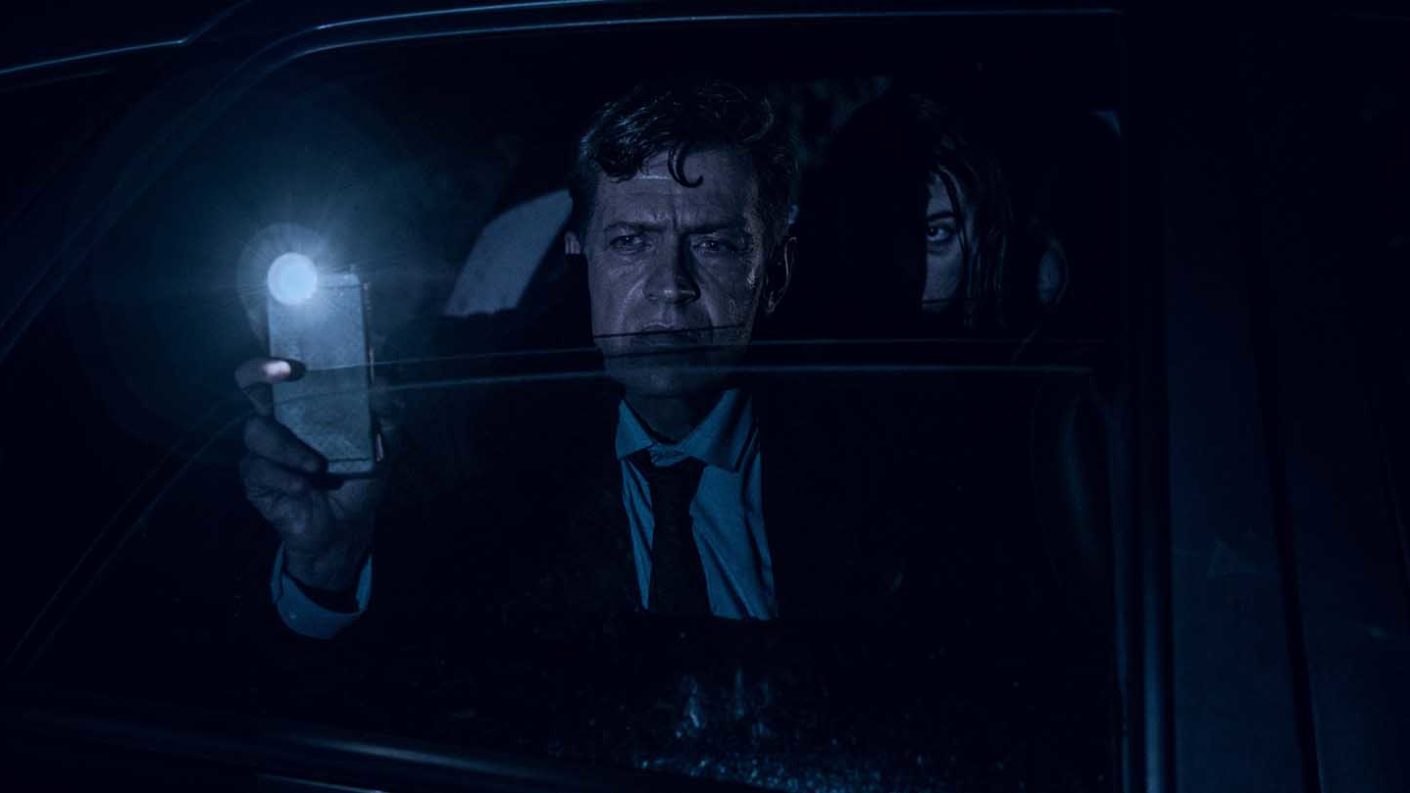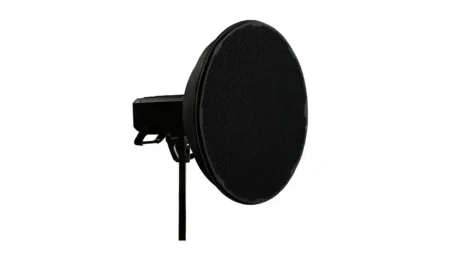Ever wanted to make a short film, have it premiere at a festival then perhaps even get hosted on a streaming service? Then take inspiration from our interviewee Catarina Oliveira.
By day Catarina is an award-winning film and TV editor based in Bristol, whose credits include the BBC’s Blue Planet II. You might think that her success in the day job would make life easy when she decided to produce – and yes, also edit – a short film, the excellent Out At Night.
Yet as we’re about to find out, it’s been a learning process that’s required late nights, creative ingenuity and a lot of hard work.
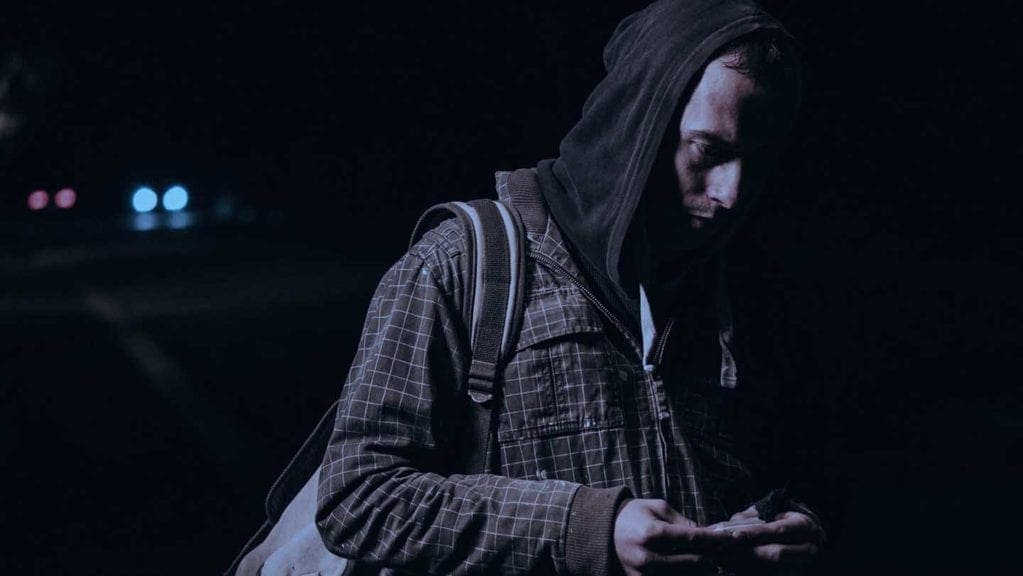
Written and directed by Christopher Hewitt, Out at Night is what you might call a creature-feature with a social conscience. Partially crowd-funded, the horror short is the work of a small team fuelled by passion and the goodwill of friends.
“We finished it in November and since then we’ve been learning about festival submissions and social media,” says Catarina. “It’s a lot of work once you’ve finished the film! You think – I’ve made the film, that’s it. But it’s not really.”
Horror inspirations
One of the most interesting things about Out At Night is that it unfolds around an interaction between a manipulative rich person, cruising in his car, and a homeless person. The creature will come later, but in these scenes the horror already feels vivid.
“It was interesting for me to play with those dynamics and then yes, you introduce the monster – but the monster is just a catalyst for their own fears and anxieties,” says Catarina.

“A strong part of what we wanted to explore in the film is social preconceptions: what we do to ourselves and others – and what we think of ourselves and others. It’s not like the monster is an accident, but it is a catalyst for everything else.”
While director Christopher Hewitt cites Let The Right One In as a key inspiration, Catarina takes a lot from it Follows.
“It’s not an obvious horror film,” she says. “It was brave in terms of being shot during the day, with shots that are quite slow. It’s stressing that, even with wide shots, you have that sense of paranoia, that ‘it’ can come from any side.
“Also, the film is about a sexually transmitted curse – which is a great idea – but how much of that is your own burden, your own thinking? And I think with Out At Night there’s a lot of that at play. Is the creature actually real, or is it a reflection of who [the main character] is becoming?”
Playing in the dark
One distinction about Out At Night is how much of the film plays out in near pitch blackness. Given that camera enthusiasts can sometimes seem obsessed with protecting highlights in shadows, it’s a bold move.
“One thing I always noticed as a filmmaker was that short films on lower budgets are always overly lit,” says Catarina. “But when you watch a film in the cinema, sometimes it can be really dark – you don’t always need to see all the detail.
“Jacob Parish, our director of photography, usually edits a lot of natural history TV – but he also knows a lot about photography and lighting. When we realised he had some experience filming at night, we spoke to him about how we could reflect the themes of the film – which are hiding, concealing and controlling – in the look of the film.”
Catarina then continued to shape the visuals in the colour grading process, adopting an almost noir-style.
“Just as with the characters there’s not a lot of backstory but your mind fills in the blanks,” she says, “I think it’s the same with the images – sometimes you only need a hint then you create your own story in your head.”
Engaging actors
Despite a small budget that was 25% crowd funded, Catarina’s team knew they wanted to pay their actors – and not just pay them, but respect them too.
“Unfortunately acting is an industry where there’s a lot going on in terms of people not being paid,” she says, “so just the fact you offer someone a hundred quid for a day, can open up a lot of possibilities. It may not be a lot, but someone who is a professional actor might say ‘I will take a low paid job if it’s interesting and good for my portfolio.’
“We posted the adverts on a few platforms. We posted on Facebook, Bristol Theatre, and then acting websites like Spotlight. Then one of the actors we ended up casting someone we knew!
“You do get lots of replies and it’s about finding quality people. But also it’s the other way round: a lot of times for actors, they show up and the project is a disappointment or you don’t even get your film in the end. So huge respect for actors who are applying for things.”
Making the monster
One of the most impressive aspects of Out At Night is its creature, which was designed by BAFTA winning special effects designer Jennifer Drew. The beast was originally conceived as a vampire when it was invented for an altogether different script some years ago, before gradually evolving into the thing we see in Out At Night.
“[From its vampire origins] we started drawing up some concepts thinking that, alright – in physical terms, this is a monster who can’t be exposed to light. So we started thinking of what kind of skin it would have,” says Catarina.
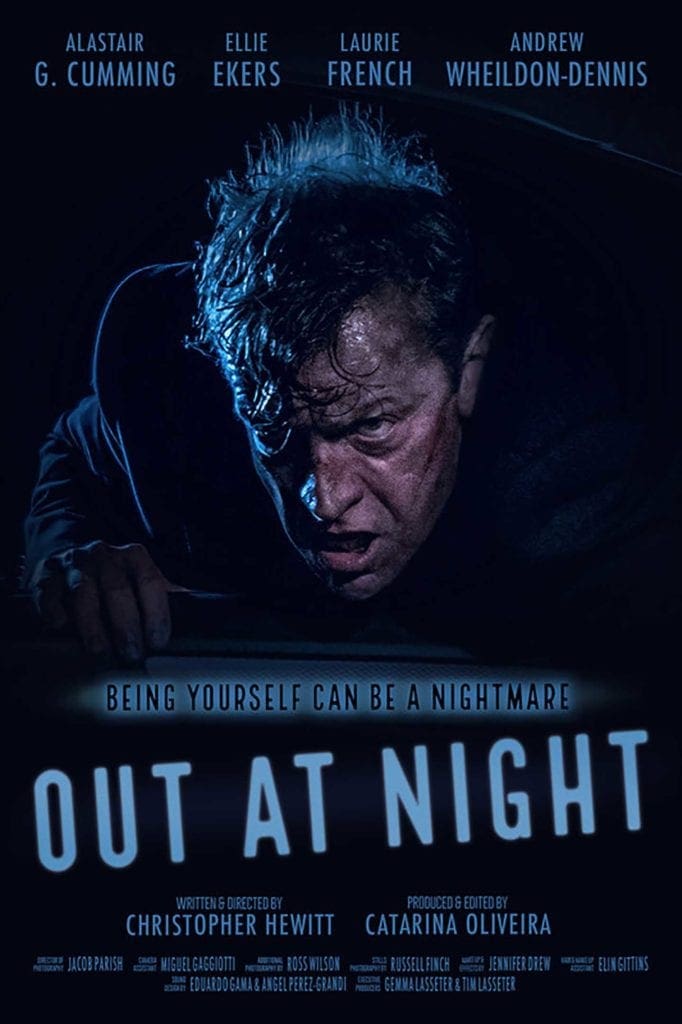
“But then, when we got our special effects artist involved, she actually played a major role in designing the monster: again, because it was a low paid job and she was a really experienced person, you want to give them something – so we told her what the monster represented to us, then she came up with it.
“We wanted to go with prosthetics and makeup rather than CGI, but also do something within our budget. So she created this silicone skin where it’s all burned. The idea is that he was a person once, who’s since turned into this monster; but because we knew we wouldn’t show it that much, we wanted it to have this uncanny element. Is it human? is it alive? What is it?”
As is tradition, the actor playing the monster endured hours in makeup. “On the last day we finished at 7am in the morning,” says Catarina, “and he was so tired he drove back home in that costume! So he must have been in traffic like that. Ha ha!”
Crowd funding
Crowd funding can be a daunting concept. Isn’t it nerve wracking, asking your friends and family to fund your passion project?
“You do question yourself,” says Catarina. “Who’s going to give us money when you could just go to the cinema and pay for your ticket? But it does force you to think about what you want to do, and how to present your idea. It can also help you start building an audience early on, because you’re making people aware of the project.”
As the filmmakers recruited their cast, the actors brought with them a widening social network – opening up further the route to success. “Our actors got their friends and families involved,” she adds, “so suddenly you have a few hundred people who are aware of the project who will possibly chip in.”
About 10% of Out At Night’s budget was raised this way, with the filmmakers devising interesting incentives to bring the supporters on board.
“We offered a credit in the film, an opportunity to be on set, a shout out on social media, a DVD a poster – and things like that. The highest one was £250 to become an executive producer on the film. You get invited to the festival screenings, a poster and a signed script. We had two people put that in, so you might be surprised what people will do!”
Insta-success
Anyone who follows Out At Night on Instagram (@outatnightfilm) will be aware of their high quality, regular posts that take followers behind the scenes. What you might not know is that, for filmmakers, building a social following is all part of a wider strategy.
“We have a friend who made a short film last year that was hugely successful,” says Catarina. “We noticed that he had a huge online following, so we set up a meeting with him, where he explained – this is not an accident. You have to make your own hype. And I think that’s the golden rule – create your own hype.
“He made us aware that social media is a big thing for your film, because when festivals are considering your film, they also want people to buy tickets to come and see their event. So if they see 2000 followers on your Instagram and that you’re publishing content that people engage with, they might think, ‘Ok, people might engage with my festival’.”
Catarina posts around twice a week to the film’s Instagram account, and is constantly coming up with ideas to keep things fresh.
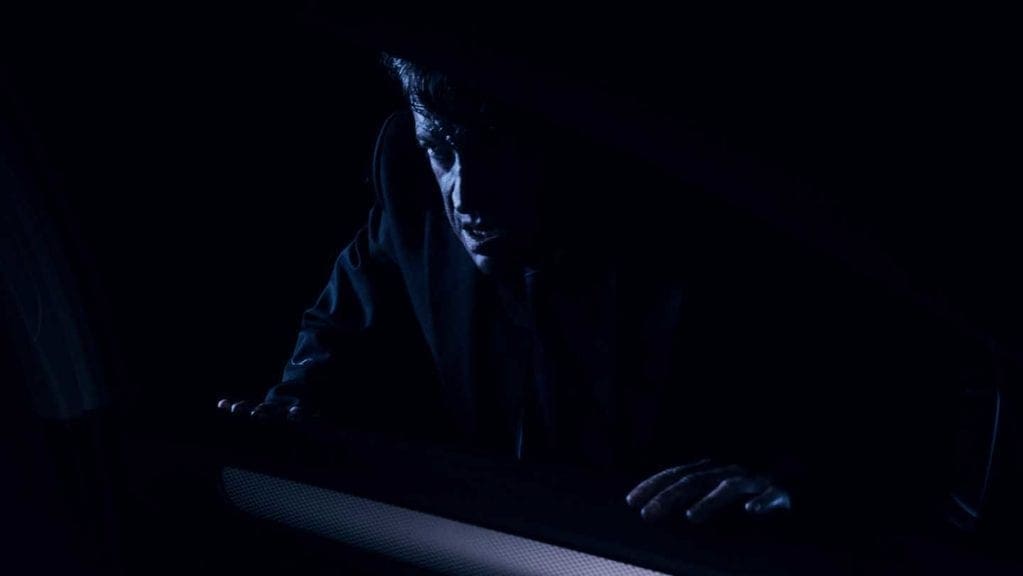
“We got our first review today,” she says, “so after this call I’m going to make a little graphic of the review to try and make it visually interesting. Sometimes [the post might be] a behind the scenes photo with a story. We also thought – why not have a bit of the script and then an image of that shot? And that’s been quite successful.
Catarina advises filmmakers to embrace their inner Insta-head and put aside any scepticism. “Don’t underestimate what you can create,” she says. “Be honest in your posts too: if you make a post about “I love being on set. It’s hard work but I wouldn’t be anywhere else!” then show people smiling in a cold night on set, people relate to that. Putting your own personality into things is good.”
Festival time
Out At Night has already been selected for two festivals, Fantasporto – one of the top three fantasy and horror festivals in Europe – and Fantaspoa, the largest horror and fantasy festival in South America. If you can see a pattern emerging here, it’s because Catarina’s team have focused specifically on genre festivals. But hang on. Why not just enter into all the festivals, everywhere?
“Speaking to our friend Rob, he suggested that actually, don’t just go for everything,” Catarina explains. “Partly because you have a limited budget but also because you have to be careful: some festivals need your film to be a national or international premiere.
“So you may have submitted to a new festival just because it’s cheap and they’re keen for films, but then you won’t be accepted into other festivals because your film is, for example, online. So you have to have a spreadsheet and say “OK, if we submit to this one, we can’t submit to this one because it’s in the same country.”
Even if you narrow down the festival options to genre-specific ones, there are loads to choose from. To counteract this, Catarina suggests you could use online film festival submission portals, like FilmFreeway.
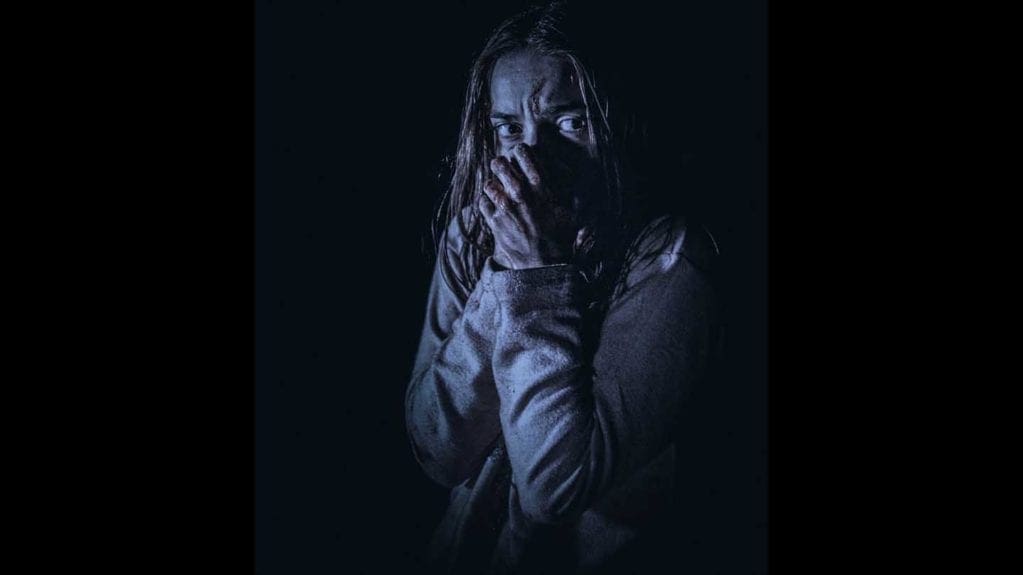
“You can check out festival reviews, how long they’ve been going, what kind of venue it is – then decide whether you’re OK with paying the fee. And also whether you are OK with paying the fee and potentially being rejected.”
Streaming services
So you’ve made the film, hit the festivals and nabbed the laurels. What happens next? Are YouTube or Vimeo the inevitable care home at the end of the final flourish of youth? Catarina is philosophical about approaching streaming services.
“We were thinking about approaching Shudder, because obviously at this stage when you’re doing festivals the film is still not really visible to many people. Hopefully [when the time comes] we’ll have a few festival laurels, a few reviews – then you can use that to approach [for example] Shudder and say, this is the response we’ve had, or use it as something to show when you’re applying for funding in a few years for your next project.”
All of which brings us to our final point. Ultimately all this work is not just about whether you can make a splash on Netflix, but whether you might make an even bigger, even better film next time.
“Festivals can give you a little bit of confirmation that you can do these things,” says Catarina. “It can sometimes feel a bit shallow – like you just want this laurel, or this person to say you’ve made a good film – but it does also make life easier in the future. In the future I would like to write and direct a film, so I think having this behind me will help.”
Key equipment used:
Camera: Sony FS7 MK1
Lens: Canon 24-105mm zoom
Lighting: 1 x 2.5k HMI light, 1 x small light LED panel
